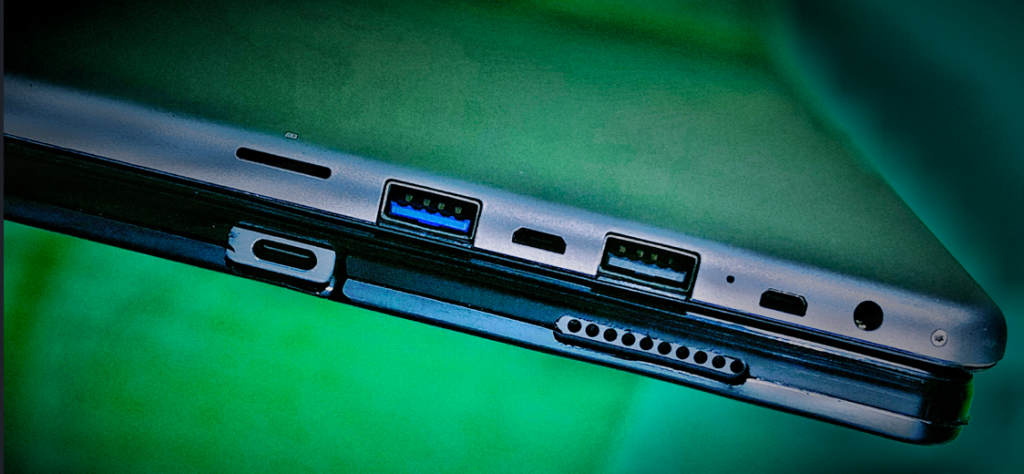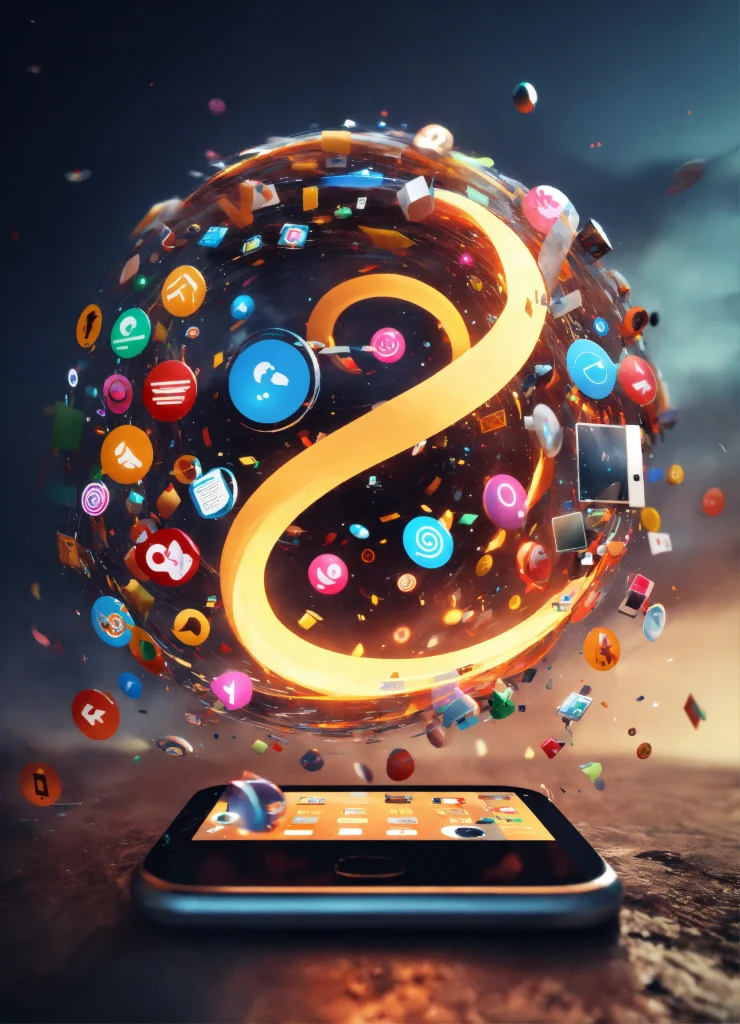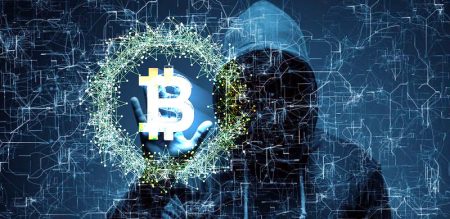Once taken for granted, SD card slots in our mobile devices are disappearing in newer models. Satyen K. Bordoloi channels his inner Agatha Christie to dive into this curious mystery…
I, Agatha Christie, have spent a lifetime unravelling the most baffling mysteries, from the eerie isolation of And Then There Were None to the complex web in Murder on the Orient Express, and the shocking twist of The Murder of Roger Ackroyd. However, one enigma confounds me the most – one that delves into the heart of technological innovation, consumer behaviour, and corporate strategy.
The case of the vanishing microSD card slots from smartphones is a puzzle that rivals the most cunning plots I have devised. So, in the tradition of my iconic detectives, Hercule Poirot and Miss Marple, who have solved confounding cases involving haunted houses, double murders, and murders on lavish conspiracy trains, I embark on an investigation to use, as Mr. Poirot would say ‘little grey cells’ to uncover the truth behind this technological whodunnit.

The Scene of the Crime: Our investigation begins with stating the obvious so that no competing, pipe-smoking detective can claim: it’s elementary. Once upon a time – a decade is a century in tech – phones came adorned with multiple ports and slots, including two SIM card slots and one microSD card slot.
This card slot was priceless for professionals. On a 128GB ROM phone, you could add a 512GB microSD card and carry a universe of material, both work and entertainment. But in the last half-decade, the trend shifted dramatically. It began with Apple, the original smartphone maker with the iPhone, which never had any SD card slots. Now, this trend has infected every major smartphone manufacturer in the Indian market. They have been gradually phasing out microSD card slots from our mobile devices.
As I had Hercule Poirot once said: “the more we learn, the less and less motive we find..? But for murder, we begin to have a surprising collection of motives!” So, here’s our list for our present crime.

(Image Courtesy)
Suspects and Motives – The Financial Motive: The primary suspects are the financial departments of smartphone manufacturers. It appears that by eliminating microSD card slots, companies can drive up the average selling price of their devices. Consumers are now compelled to opt for higher storage variants that come with a higher price tag. This strategy is akin to a cleverly laid trap, where the victim (the consumer) is forced into a more expensive option, thereby increasing the manufacturer’s revenue; something Apple mastered but, of course, with a much superior product in the iPhone. The path to the crime scene is waylaid with the slaughtered wallets of struggling consumers.

Suspects and Motives – Performance Concerns: The second suspect is the engineering team, who argue that microSD cards can compromise the performance of a smartphone, leading to slowdowns and inconsistencies in the device’s operation. By removing these slots, these engineers aim to ensure a more seamless and consistent user experience. However, these are lame excuses.
First and foremost, high-quality microSD cards are designed to match the speeds of internal storage. Thus, the quality of the card you buy will determine the experience you get. Secondly, for the power to carry 512MB to 2TB more storage – and thus your entire work life on your mobile device – would you mind a little lag? In my previous phones, I assure you, I didn’t.

Suspects and Motives – Market Trends and Consumer Behavior: The market itself is a suspect in this mystery. Apple became the world’s first trillion-dollar company riding its cloud business boosted by iPhones that didn’t have card slots. With the rise of cloud storage services, especially free ones like Google which allowed you to upload unlimited photos until just a few years ago, and the increase in internal storage of phones, many consumers took the default cloud-based solutions for their storage needs. This shift in consumer behaviour driven by the market has led manufacturers to believe that the demand for microSD card slots is waning.
In India, for instance, there has been a noticeable decline in the purchase of memory cards, giving proof of this trend. This is, however, a case of wondering whether the chicken came first or the egg. If companies increase the storage capacity of their mobiles while those like Google give endless storage space, there is less need for people to buy external cards. When people buy fewer cards, the same companies claim people are buying fewer cards and thus remove microSD slots from devices. However, on June 1, 2021, Google ended its unlimited cloud storage for photos and videos. Did the mobile manufacturers bring back SD card slots?
As we delve deeper into the case, we find that each suspect has a plausible alibi, yet each also has a clear motive.

(Image Courtesy)
The Financial Department’s Alibi: The financial department argues that their actions are driven by market dynamics and consumer preferences. They point out that their tiered pricing system allows consumers to choose from a range of options, catering to different budgets and needs. However, this alibi seems weak when considering the significant profit margins associated with higher storage models.
Today, a 128GB microSD card costs about ₹1000, and a 256GB variant costs about ₹800 more. However, the cost difference between a mobile phone with 128GB storage and one with 256GB runs into at least a few thousand rupees. Most Android manufacturers don’t even own their own cloud storage business. Hence, it is clear that just for pennies, they are sacrificing an important feature that consumers actually would love, especially when free cloud storage is over.

The Engineering Team’s Alibi: The engineering teams’ insistence that their decision is based on performance and user experience – that internal storage is more reliable and faster, ensuring smartphones operate smoothly – can easily be countered. What these engineers clearly ‘forget’ to tell you are the advantages of having external storage. If something happens to your phone, say it crashes because of a virus or a fall, having a separate card where you store most of your data can save you a ton of heartbreak.
In my last phone, I had set up my microSD card to store the images and videos I clicked with the phone. Hence, when the phone crashed, I lost some data, but my photos and videos were saved because of the card.
The Market’s Alibi: The market trend suggestion that consumers are moving away from physical storage towards cloud-based services is also a bluff. It does not explain why manufacturers are so keen to eliminate microSD card slots, rather than offering them as an optional feature.
Why not give me the option of the same phone, one with and one without a microSD card slot, so manufacturers can know what consumers prefer? They won’t give that option for one simple reason: because each time we’ll choose the one with an extra slot.

One Crime Begets Another: Let us also not forget that it is not just microSD card slots that are vanishing. Also disappearing are the many ports from mobiles, laptops, tablets, etc., that used to make our lives easier. As a simple example, most new, high-end Android phones these days don’t have a 3.5mm headphone port. I hate ear pods with limited battery life, which, if they malfunction, can be hazardous.
I prefer a harmless wired headphone jack instead. But these have also been phased out, just like the HDMI, DVI, SD card reader, and Ethernet ports from laptops, tablets, and occasionally mobiles over the past decade for similar alibis as mentioned. I’d like those on my devices, but I am not given a choice. Is this the case of a free market leading to “consumer is king” or blatant misuse of laissez-faire economics?
Thus, as we conclude our investigation, instead of just unearthing reasons for the disappearance of microSD cards we uncover more crime scenes. We can solve these too, but that won’t make a difference because mobile manufacturers are colluding to deprive us of benefits and, without a policeman, are having a field day. I once gave Mr. Poirot a line “…And the good heart, it is worth in the end all the little grey cells.” Big tech clearly doesn’t have the former, and it is for us consumers to use the latter to expose them. Till then, Laissez-faire it is.
In case you missed:
- AI Taken for Granted: Has the World Reached the Point of AI Fatigue?
- Rufus & Metis Tell Tales of Amazon’s Delayed AI Entry
- Is Cloud Computing Headed for Rough Weather
- AIoT Explained: The Intersection of AI and the Internet of Things
- India’s Upcoming Storm of AI Nudes & Inspiring Story Of A Teen Warrior
- Apple Intelligence – Steve Jobs’ Company Finally Bites the AI Apple
- Nuclear Power: Tech Giants’ Desperate Gamble for AI
- A Data Centre on the Moon – From Sci-Fi to Necessity
- Google Falters Under AI Onslaught: Future of Search in Peril?
- 9 new ways to power data centers: the unthinkable to the absurd









